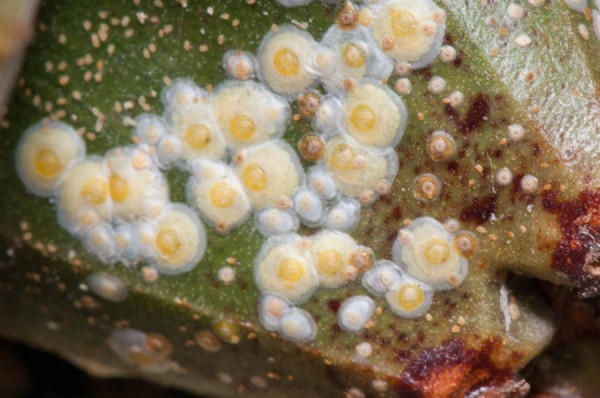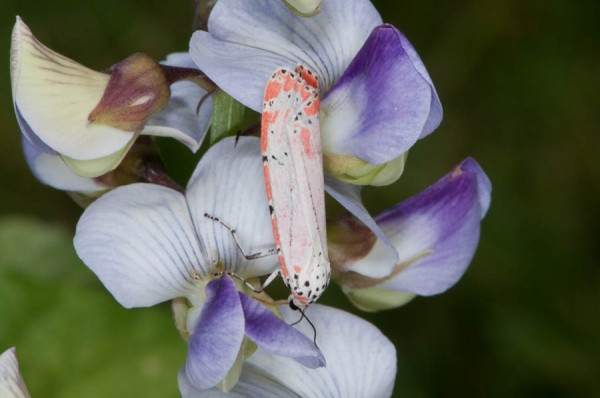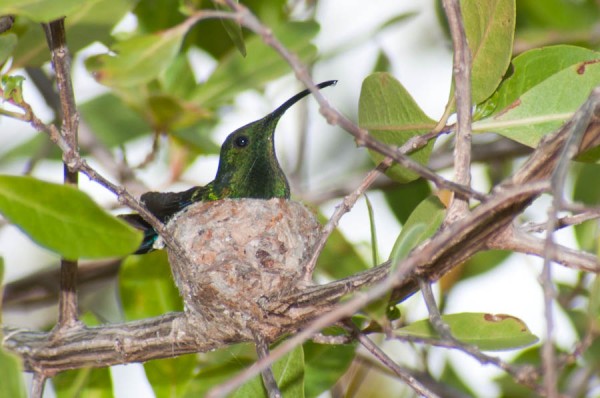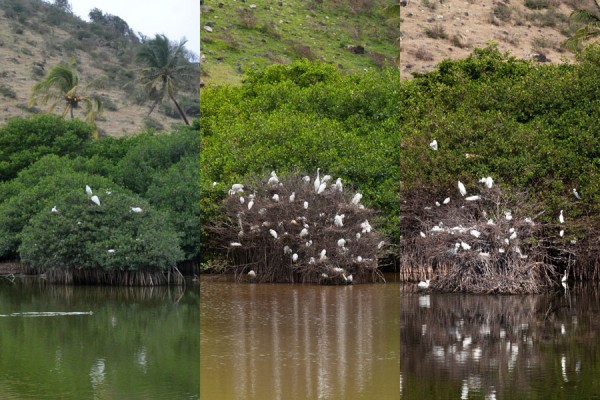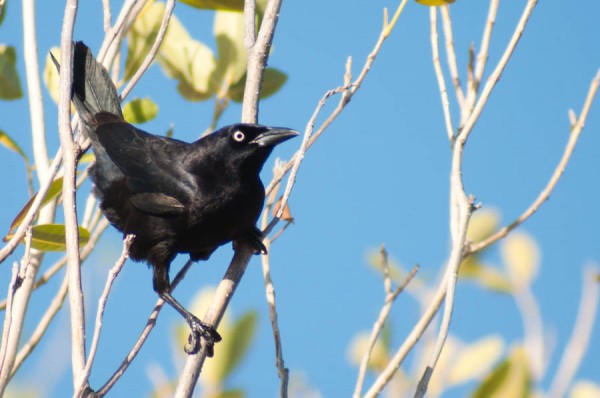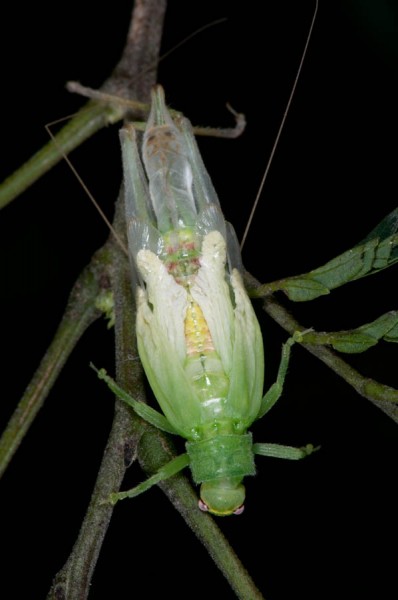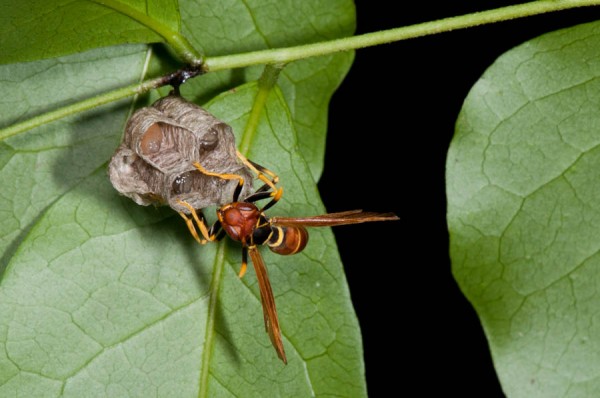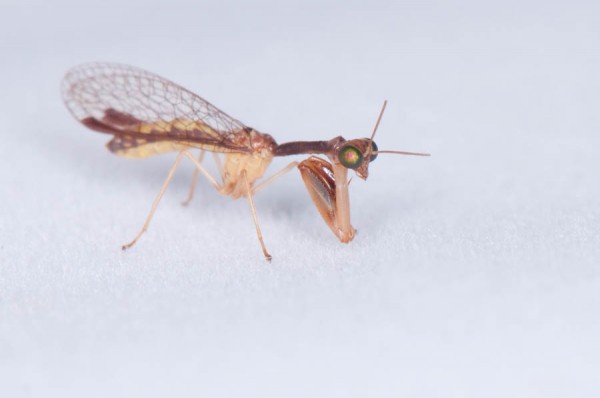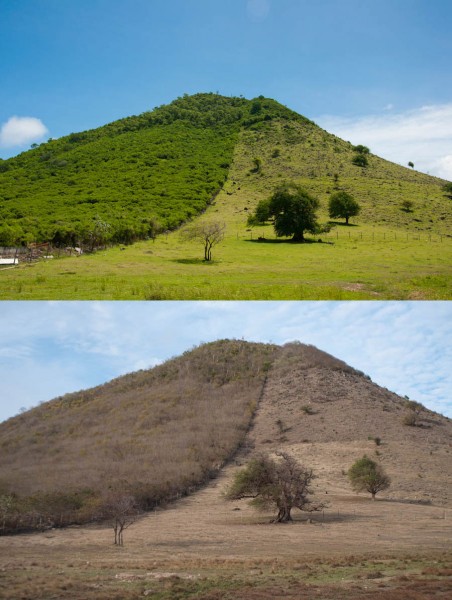Night Heron
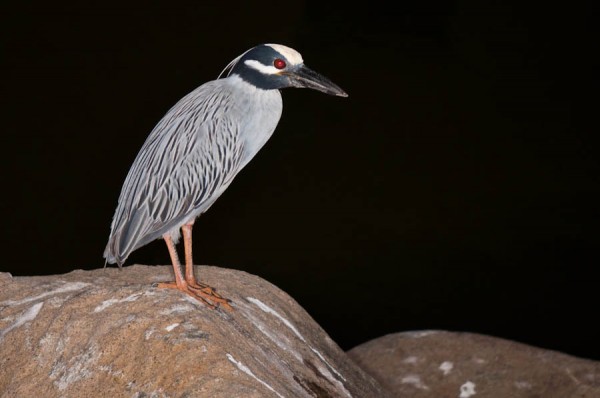
The Yellow-crowned Night Heron is primarily nocturnal, as are many crabs, which are one of their favorite foods. They are just a couple examples of the many animals that are active at night. In fact, this bird is also known as the Crabier or Crab-eater. Many nocturnal species are unfamiliar to most people because they spend their days hiding. Between […]

